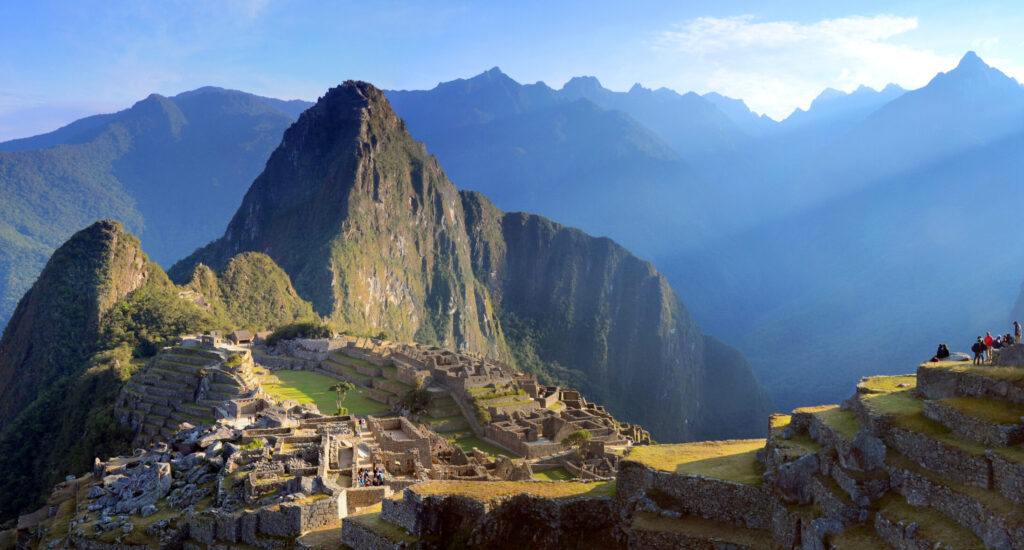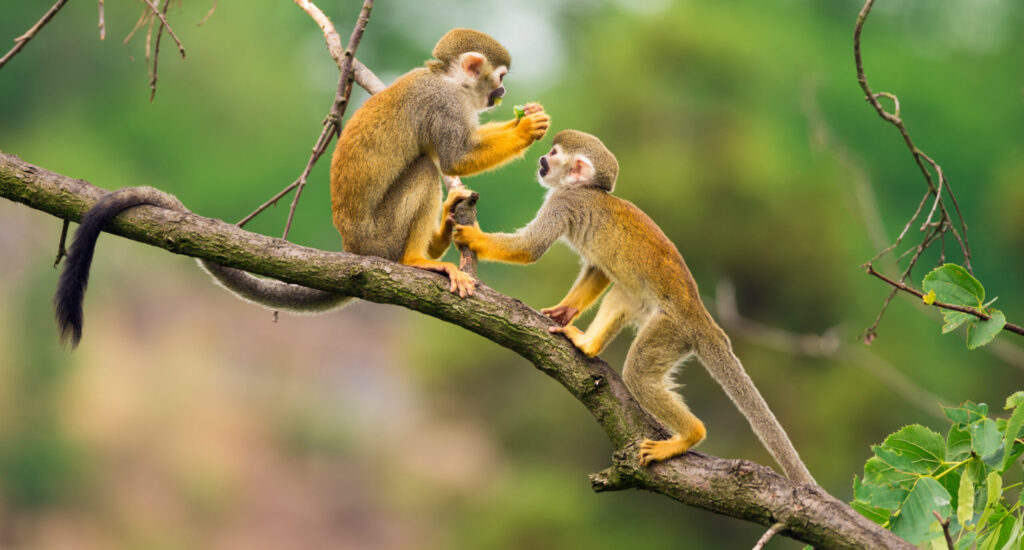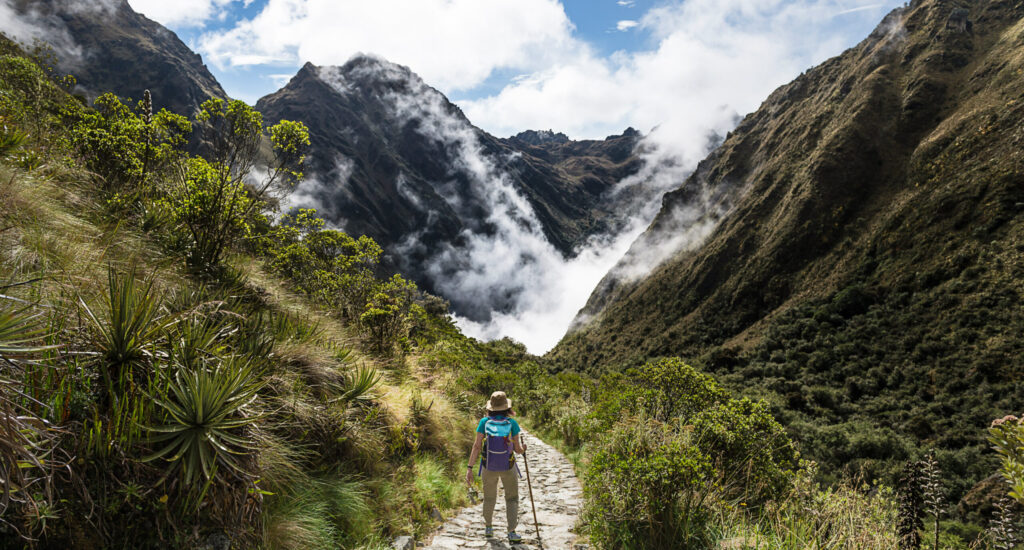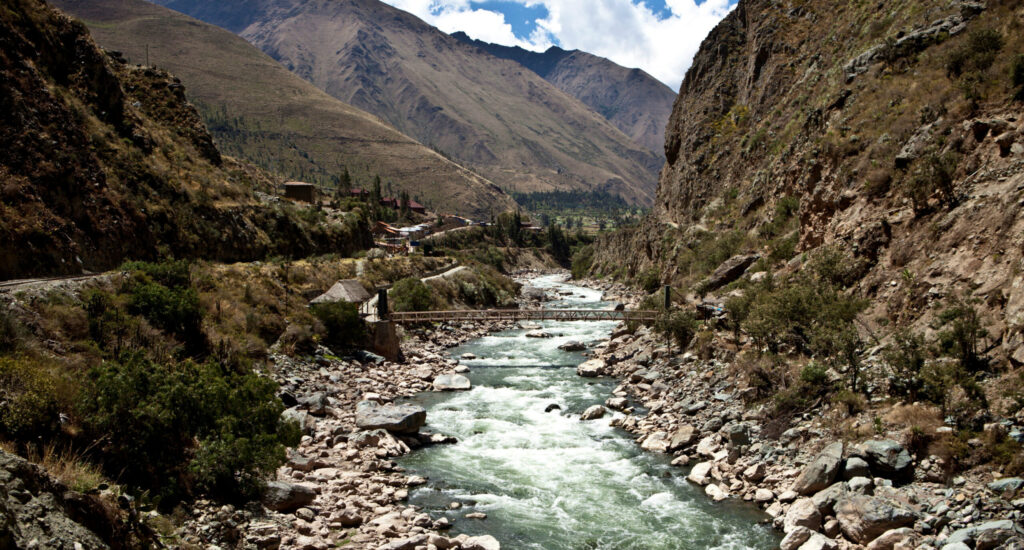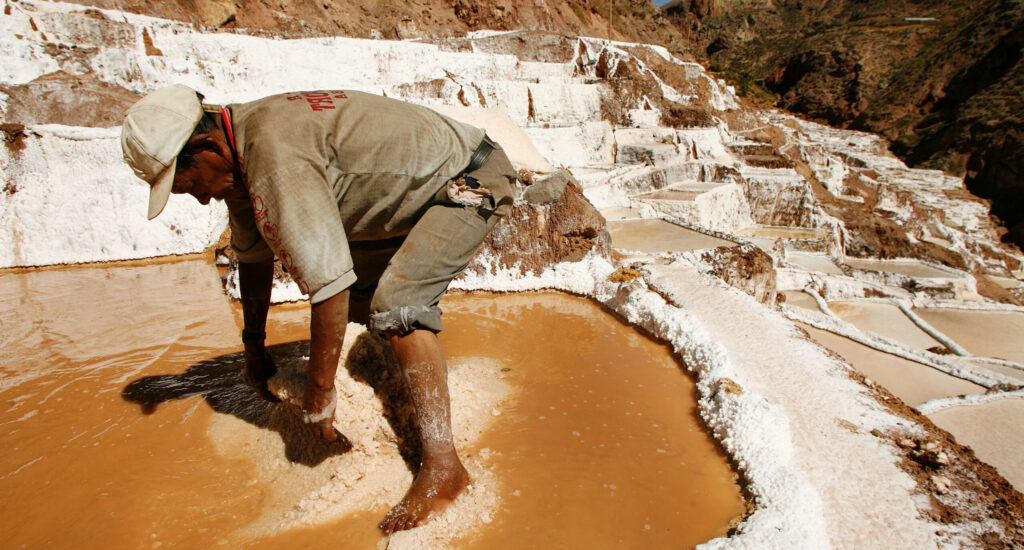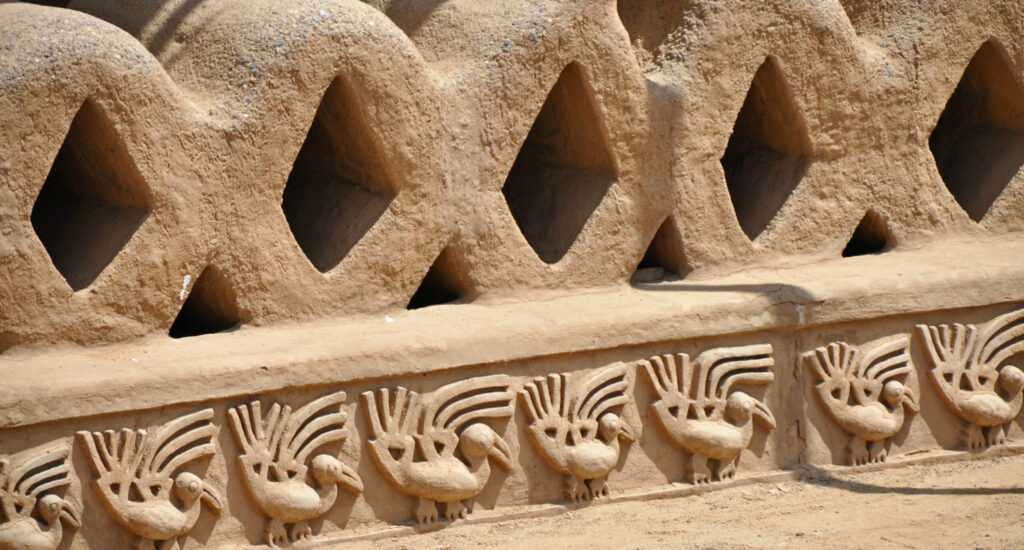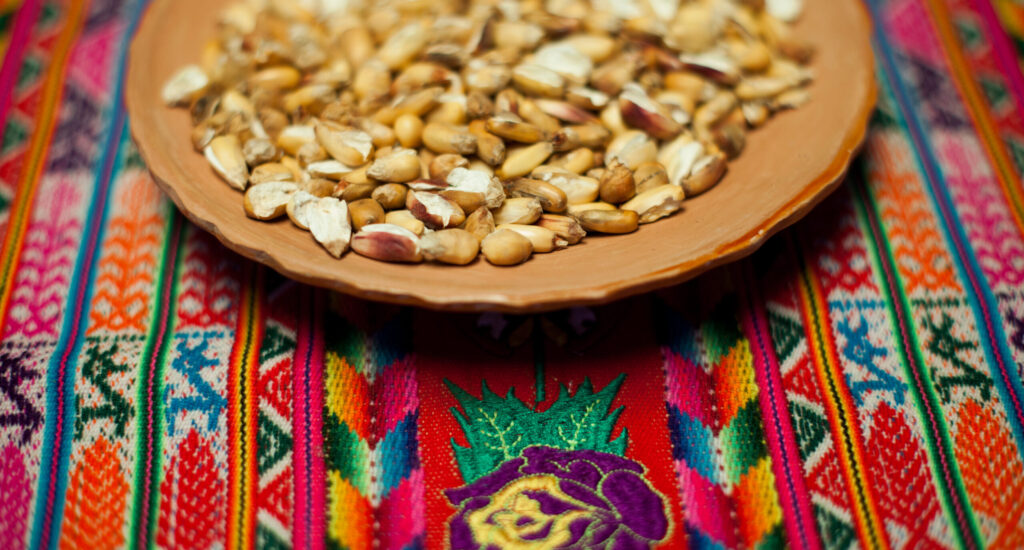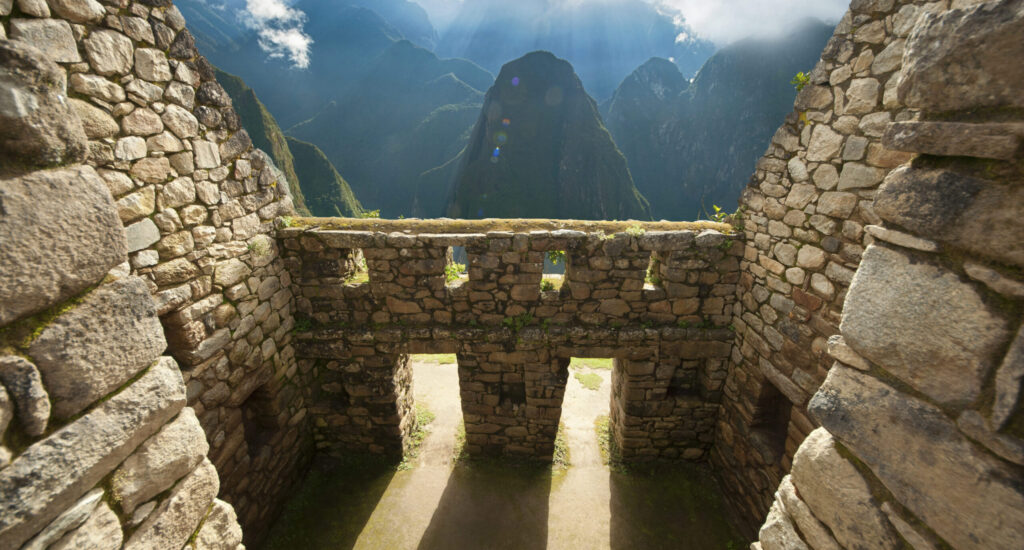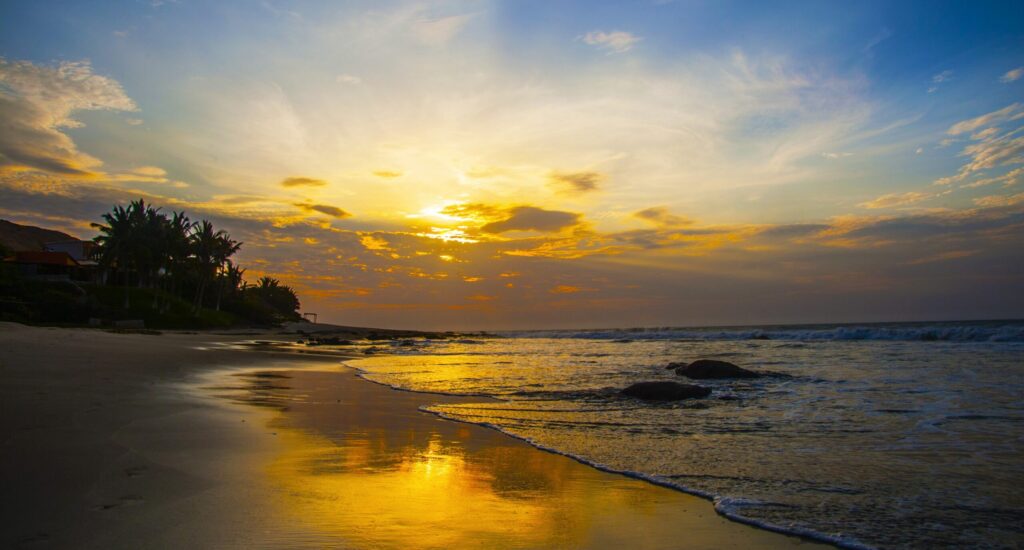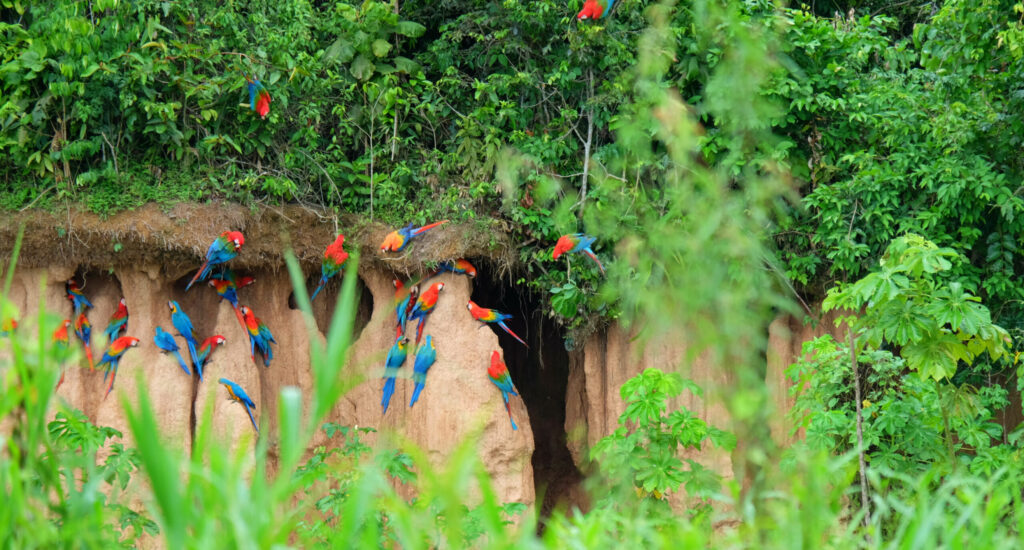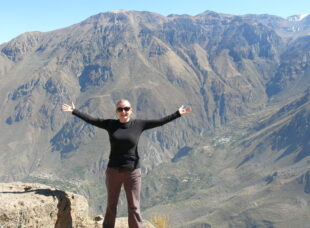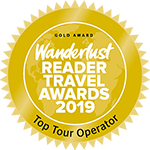Overview
Peru is South America at its most iconic. Breath-taking landscapes from the Andes to the Amazon, colourful indigenous markets, colonial cities, vestiges of ancient civilisations and, of course, the mighty Inca citadel of Machu Picchu. And – despite being a country known for its active pursuits -the majority of Peru’s attractions are remarkably accessible meaning that travellers of all ages and fitness levels can enjoy the delights on offer here. Machu Picchu, for example, can be reached by a scenic train journey through a pristine mountain valley if trekking the Inca Trail does not appeal, and there are some other superb rail journeys to be enjoyed across the country. Compact colonial cities such as Arequipa and Cusco can be easily explored on foot and you can marvel at magnificent architecture, backdrops of Andean peaks or simply watch the world go by in elegant pavement cafes. Even the Amazon, the world’s largest tropical rainforest, can be accessed with relative ease in Peru. A good network of flights serve the Amazonian gateway cities and from here you can choose a rainforest experience perfectly suited to your interests and preferences, whether that is a luxurious river cruise or lodge stay offering a gentle introduction to the jungle, or a more intrepid adventure right into the heart of the jungle.
Food & Drink
With restaurants such as Ceviche and Lima London firmly marking their place on the capital’s foodie scene, Peruvian cuisine is finally gaining the recognition it deserves on the international stage. Peru’s capital city, Lima, is now home to some truly world-class restaurants, and taking a culinary tour of the city is one of our favourite things to do during a visit here. Beyond the capital there are other superb restaurants to be found, and even informal dining can be a treat – grabbing a freshly baked ‘empanada’ pasty from a street stall for example, followed by the sugary hit of a ‘picaron’, a type of sweet potato fritter.
The staples of Peruvian cuisine originate from the distinct regions of Andes, Amazon and coast. Potatoes are ubiquitous – over 3000 varieties can be found in Peru – and combined with sautéed beef in a classic ‘lomo saltado’ you will find a staple meal served almost everywhere. More unusual meats such as alpaca steaks can be surprisingly delicious, and guinea pig is worth trying at least once during a visit. From the Amazon you can try an astonishing range of tropical fruits, as well as yucca, plantain and fish, though it is the coastal regions that are best known for their fish and seafood, with fresh ceviche a must during your stay.
Peru’s national spirit is Pisco, a grape brandy most commonly enjoyed in a classic ‘Pisco Sour’ cocktail (though a long-standing dispute with neighbouring Chile rumbles on regarding the true origin of the best pisco!) The corn beer known as Chicha is also worth a try, and regional refreshing lagers can be found almost everywhere. Peru does produce some wine but quality can be variable so wine-lovers are best to stick to those from Chile or Argentina in bars and restaurants.
When to Travel
Peru’s weather is marked by two distinct seasons – a dry season running from May to September, followed by a wet season between October and April. And although there are some regional variations – in the Amazon for example, and in the northern coastal regions – these two Andean seasons determine the weather in the majority of Peru’s visitor attractions.
These days people travel to Peru year-round, and there can certainly be advantages to travelling off-season – in the shoulder season months in the particular, where weather can still be fair but visitor areas are less crowded. We would still suggest the wettest months of January and February are best avoided if you are not restricted to travel at this time (and the Inca Trail also closes annually in February).
The popularity of Peru is such that visits during the high season (particularly July and August) need to be planned well in advance. Inca Trail permits and tickets for the one-day hike from KM104 can sell out six to nine months in advance, and even if you are not trekking, hotel availability in cities like Cusco (where colonial-style hotels have fewer rooms) can get very challenging.
Practicalities
FLIGHTS
There are currently no direct flights from the UK to Lima, as British Airways has discontinued its previous non-stop service from London Gatwick. However, Peru remains well connected via a range of indirect flights, which often provide good value and convenient options, particularly for travellers departing from regional airports. You can fly to Lima from the UK with just one stop in cities such as Madrid, Amsterdam, Paris, or Bogotá, making the journey relatively straightforward and hassle-free.
VISAS
Due to the current Coronavirus outbreak across the world please check the latest summary, health and entry requirements on the FCO Travel Advice pages here: https://www.gov.uk/foreign-travel-advice.
Usual Information: UK passport holders do not require a visa to enter Peru, providing they depart the country again within 90 days.
If you are flying to Peru via the USA, you need to apply online for an ‘ESTA’ electronic travel authorisation, even if you are only in transit. This costs $14 per person, is valid for two years and should be applied for on the official Department of Homeland Security website:
https://esta.cbp.dhs.gov/esta/
HEALTH
Altitude
Some of Peru’s key visitor attractions are at high altitude. Machu Picchu rests at 2430 metres above sea level, Cusco at 3300 metres, Lake Titicaca and some areas around the Colca Canyon at approximately 3800 metres. As a result, many visitors will experience some mild symptoms when first at altitude such as a headache, fatigue and a dry throat. In most cases these symptoms pass relatively quickly and are rarely cause for concern, particularly if you stay well-hydrated, do not over-exert yourself and avoid heavy meals and alcohol during your first couple of days at altitude.
In rare cases, more severe altitude sickness (also known Acute Mountain Sickness) can develop, so if your symptoms persist or worsen then immediate medical attention should be sought.
If you are pregnant or taking the contraceptive pill, have high blood pressure, asthma, heart or lung conditions or any other underlying health condition you should consult your GP before booking your trip. Once you have booked, we recommend taking out comprehensive travel insurance that includes medial cover for all destinations you are visiting (some policies only cover destinations up to 2000 metres). You should always declare any pre-existing medical conditions to your insurer – some may be able to provide cover for these conditions for an additional premium.
We can design itineraries at a slower pace following a gentle route of acclimatisation if altitude is of particular concern.
Vaccinations
You should contact your GP before booking a trip to Peru. We can provide some general guidelines, however we are not medically trained so it is essential to speak to a medical professional well in advance of your trip:
Zika Virus: though instances of the Zika Virus in Peru have been few and isolated, the latest advice from the World Health Organisation recommends pregnant women or those planning to start a family to postpone travel to the country, and to practice safe sex up to six months after their return.
Yellow fever: if you are arriving in Peru from countries that have yellow fever, you may be asked to produce a certificate of vaccination against the disease (for a list of countries affected visit www.fitfortravel.nhs.uk). This is not an official entry requirement for Peru, but you should speak to your GP about whether they recommend the vaccination for your itinerary – particularly if you are visiting the Amazon. Many GPs will not recommend the vaccine for people over 60, so please discuss this with them if you are considering a trip to the Amazon.
Malaria: many visitor attractions in Peru are low-risk or malaria free, but your GP will be able to advise whether anti-malarials are recommended for your specific itinerary (particularly if visiting the Amazon).
The best way to prevent transmission of all mosquito-borne diseases is to cover up. You should wear long trousers and sleeves while walking in the forests, at sunset, after rain showers and near standing water, and wear an insect repellent that contains a good percentage of DEET.
General: it is recommended that your general boosters for Diptheria, Polio, Tetanus and Hepatitis A are up-to-date before travel.
SAFETY
Staying safe in Peru is generally a matter of common-sense guidelines that you would apply when travelling anywhere in the world. You should exercise caution in cities after dark and only take licensed taxis. Your local guide or hotel concierge will be able to provide more detailed recommendations specific to where you are staying.
MONEY & TIPPING
The local currency in Peru is the Nuevo Sol, and at time of writing £1 GBP was worth 4 Soles. US dollars are also widely accepted in Peru – it is the second currency here, and you can choose to withdraw dollars from most ATMs. It is useful to bring some US dollars with you but ideally only the smaller denominations and notes in good condition. If you need to change money your guide will be able to recommend the best places, and most major debit and credit cards are widely accepted in Peru.
Tax of 18% will be added to bills in major restaurants and sometimes a service charge of 10%. Tipping in restaurants for good service is appreciated if service has not already been added to your bill. For guides, tipping is entirely discretionary but is a nice gesture if you have enjoyed your tour. US $5 – $10 per person would be around average for a regular tour, and you may also wish to tip drivers who have been with you for longer periods (though not as much as the guide).
Travellers Code of Conduct
– We provide all of our clients with a “Travel Facts” document upon confirmation of your booking. This details useful facts and travel advice for your chosen destination, including restaurant recommendations, reading tips, basic language, cultural traditions, climate information and brief historical overviews. We feel that this offers a useful insight into the country you are visiting, and can help you interact with local residents in a more sensitive, well informed manner. Please try to take the time to read this information before your visit, if at all possible.
– A number of the countries in which we operate holidays are religious societies with a widely observed set of customs. Always respect these norms, particularly when visiting religious buildings.
– To the best of our knowledge, all of the hotels, lodges and camps within our portfolio operate stringent measures to minimise water usage. All of our destinations have issues with water supplies to a certain extent so feel free to raise any possible wastage should you encounter it during your stays, either with the accommodation or with us upon your return.
– Please ask before taking photographs of people, and respect their wishes should an individual not be happy to be photographed. We find that friendly requests and a smile are usually met with assent.
– Strive where possible to make your own contribution to environmental practices within the destination you are travelling. This might include minimising your electricity usage, avoiding smoking in protected areas, avoiding coral while snorkelling and safely disposing of all litter (recycling where possible).
– Where possible, try to purchase from local suppliers. This includes shopping for souvenirs, eating out in restaurants and booking further excursions during your free time. In areas where haggling is an accepted part of daily life, don’t become angry or offended if you are unable to obtain what you perceive as a fair price for an item. We emphasise to local suppliers that our clients should never be taken on unsolicited shopping trips, but if this does happen, try to retain your sense of humour, provide a firm refusal to participate and tell us about this on your return. We pass on all feedback from every trip undertaken with Holiday Architects to the relevant local suppliers, who share our commitment to travelling with sensitivity.
– Please don’t remove any indigenous items from their natural habitat and attempt to bring them back as a souvenir. This particularly applies to coral, shells, plants and food in the natural world, and to cultural artefacts and antiques.
– If you are unsure about anything relating to the above, please feel free to ask our local suppliers or your Holiday Architects specialist. All of these people either live or have travelled extensively in the country you are visiting and will be more than happy to offer their considered advice.



